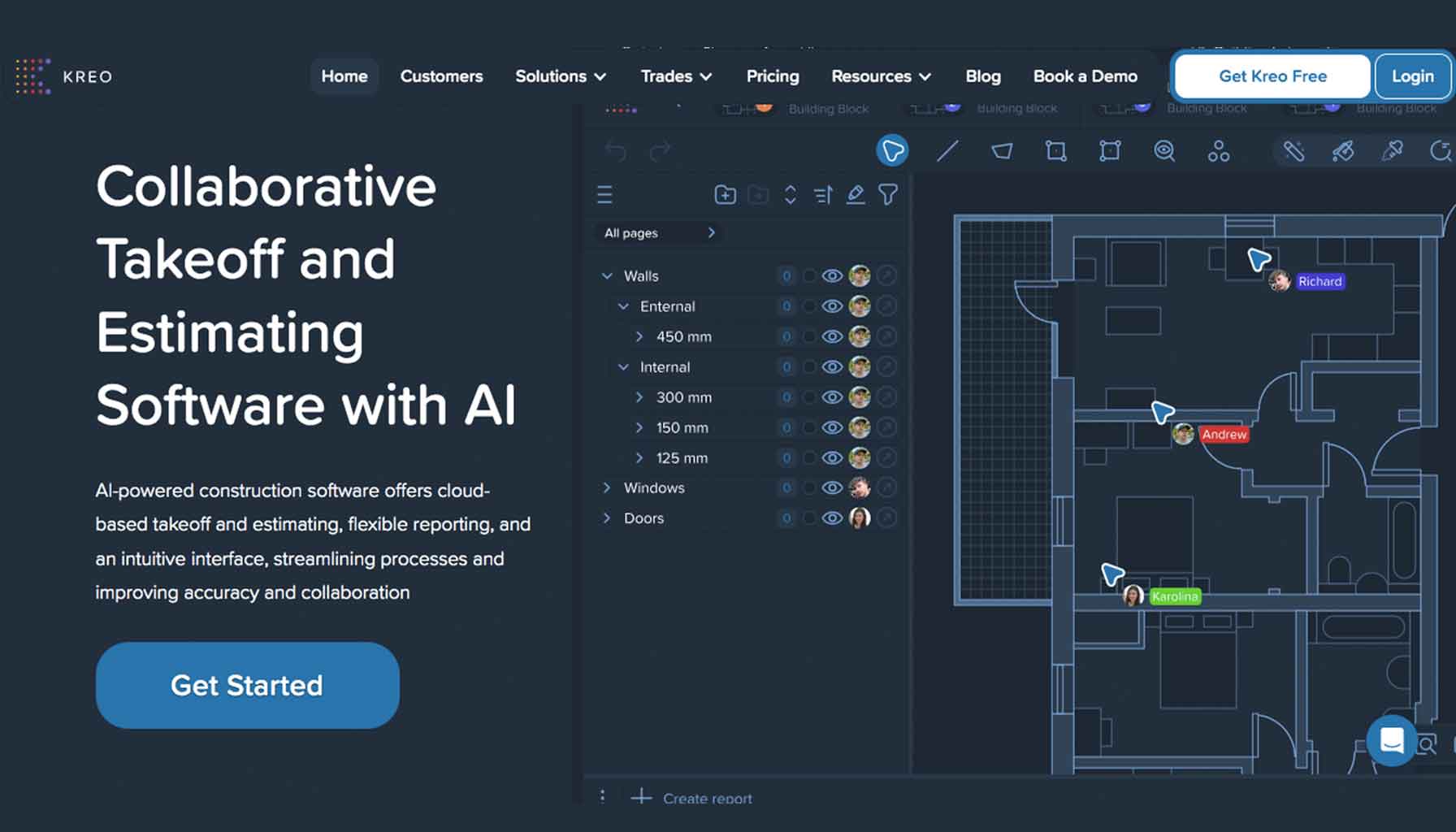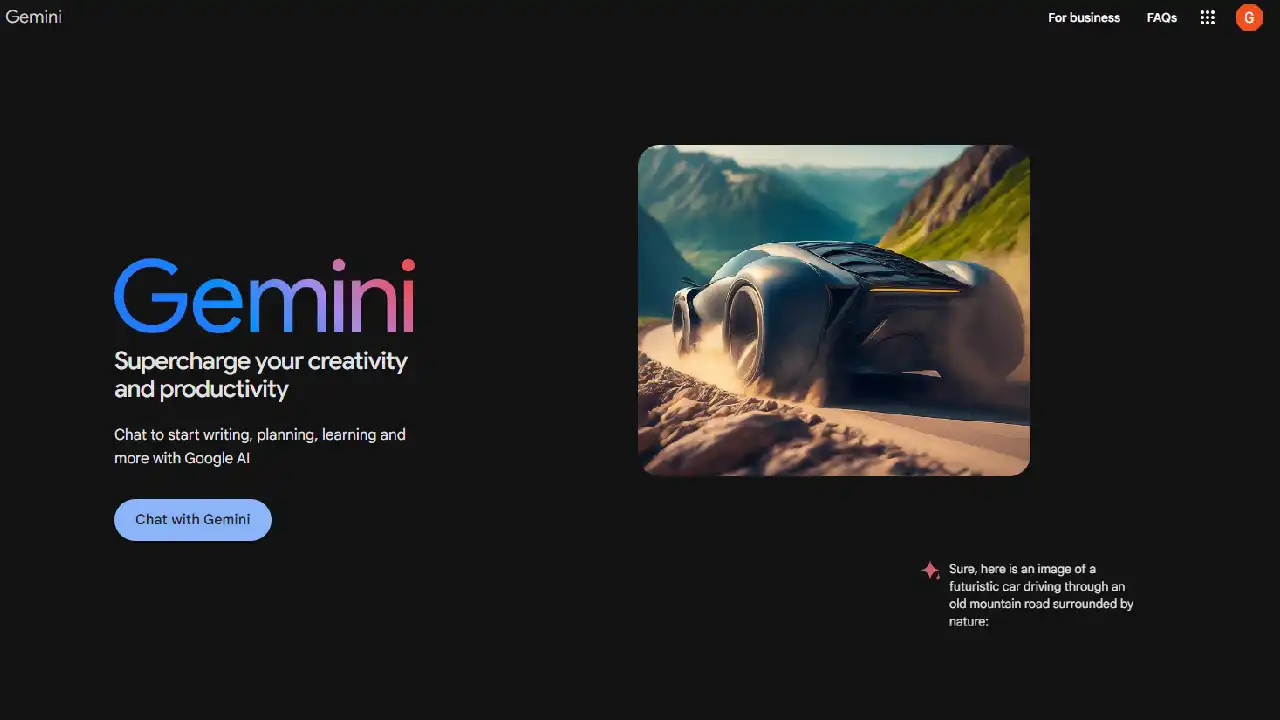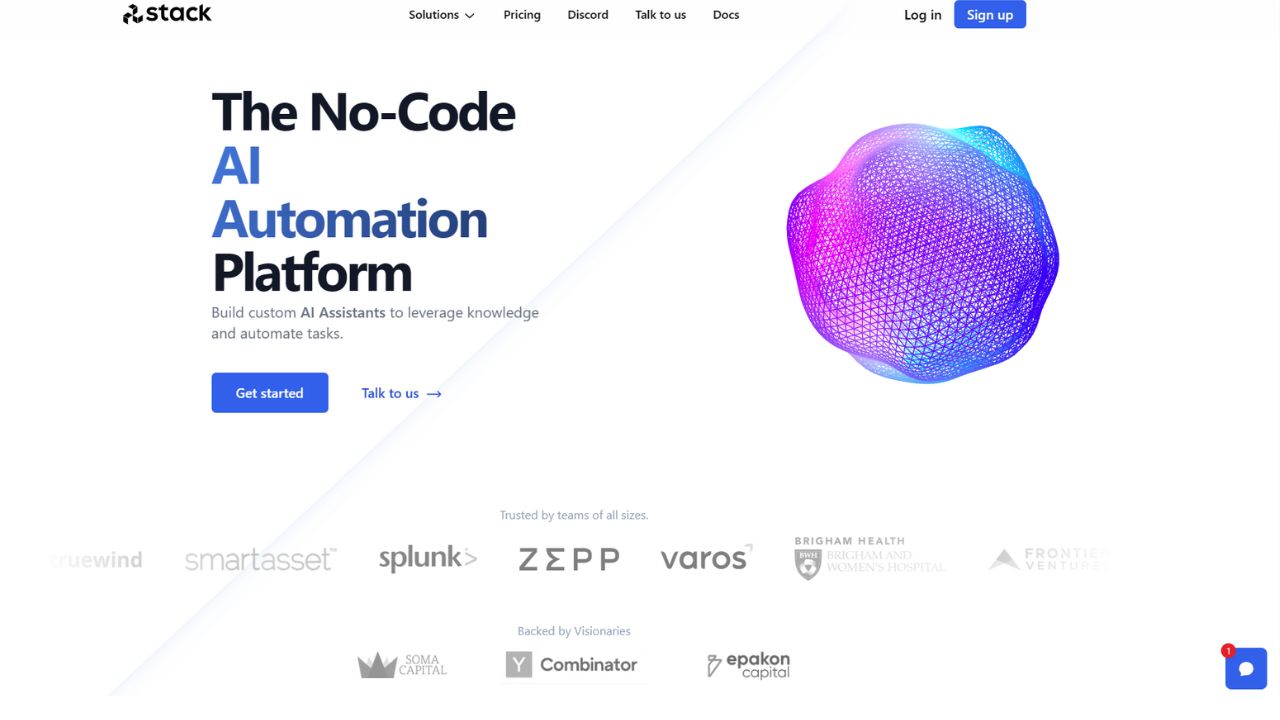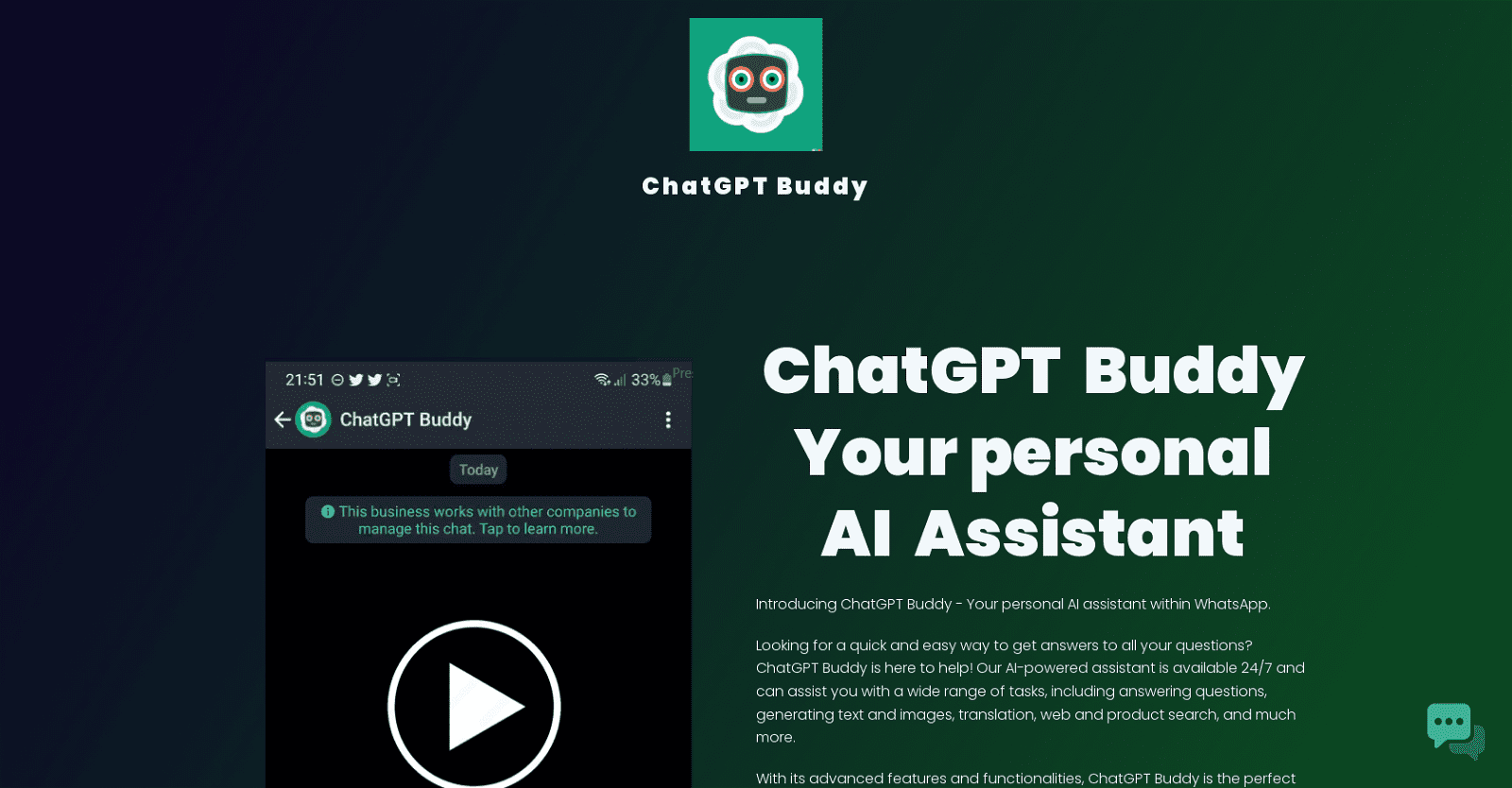KATA is a project execution platform tailored specifically for hands-on engineering leaders. Its primary advantage lies in delivering just-in-time insights to accelerate teams and projects, streamlining operations by eliminating unnecessary project management complexities.
The platform facilitates seamless oversight across teams, projects, and initiatives, making it easy to identify and address potential obstacles. It seamlessly integrates with various tools, offering substantial utility to global engineering teams.
KATA emphasizes fostering alignment among teams, irrespective of their distinct tools and processes, thereby enhancing visibility for more effective strategy execution.
It provides robust features for diagnosing teams, projects, and initiatives based on user needs. By curating and managing all team and project-related data, KATA offers essential context, insights, and automated workflows to enhance team and project progress.
Navigation from status updates to relevant Slack threads is made effortless within minutes, reducing the necessity for meetings and check-ins. Moreover, KATA prioritizes breaking down information silos and automating check-in and status update workflows to boost efficiency.
Designed to handle complex projects, KATA organizes them by phases, milestones, and dependencies, creating a centralized repository of project information. This fosters a clearer understanding of project alignment, dependencies, and potential bottlenecks.
Scalability is a key feature, enabling KATA to manage multiple projects concurrently. Ultimately, it serves not only as a project management tool but also as a platform for strategy alignment and optimization of engineering workflows.
More details about KATA
How does KATA foster team alignment?
KATA promotes team alignment by fostering collaboration among teams, regardless of their unique tools and processes. It breaks down information silos, enhancing visibility for improved strategy execution. Additionally, it facilitates seamless communication by enabling easy navigation from updates to relevant threads, thus promoting cohesion within teams.
What role does KATA play in managing team and project data?
KATA efficiently manages team and project data by curating and organizing all relevant information. It provides essential context, insights, and automated workflows to enhance team and project progress. By streamlining access to status updates and other pertinent information, KATA reduces the need for frequent meetings and check-ins, thereby optimizing workflow efficiency.
What is the purpose of KATA’s debugging feature?
KATA’s debugging feature serves to streamline oversight and management of teams, projects, and initiatives. It aids in identifying and resolving potential hurdles that may impede progress, thereby facilitating swift problem-solving. This feature aligns with KATA’s mission of enhancing team and project progress by providing necessary context, insights, and automated workflows.
How does KATA streamline check-in and status update workflows?
KATA automates check-in and status update workflows by centralizing and managing all team and project-related data. By providing quick access to status updates and other pertinent information, it eliminates the need for manual check-ins and updates. Moreover, KATA breaks down information silos, improving visibility and efficiency through automation.

